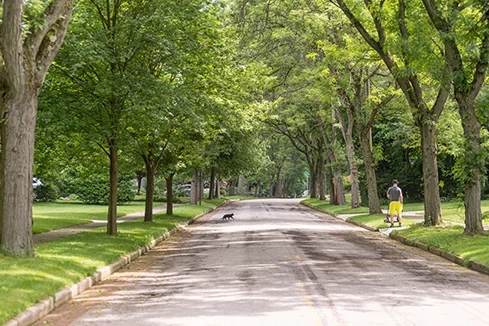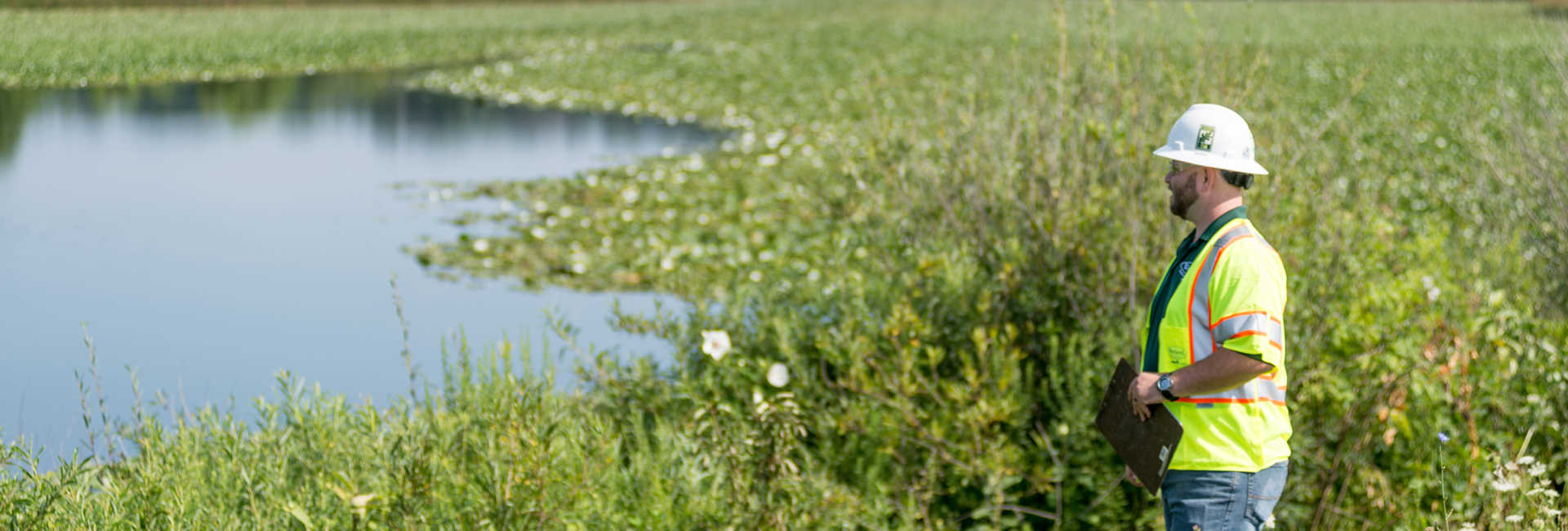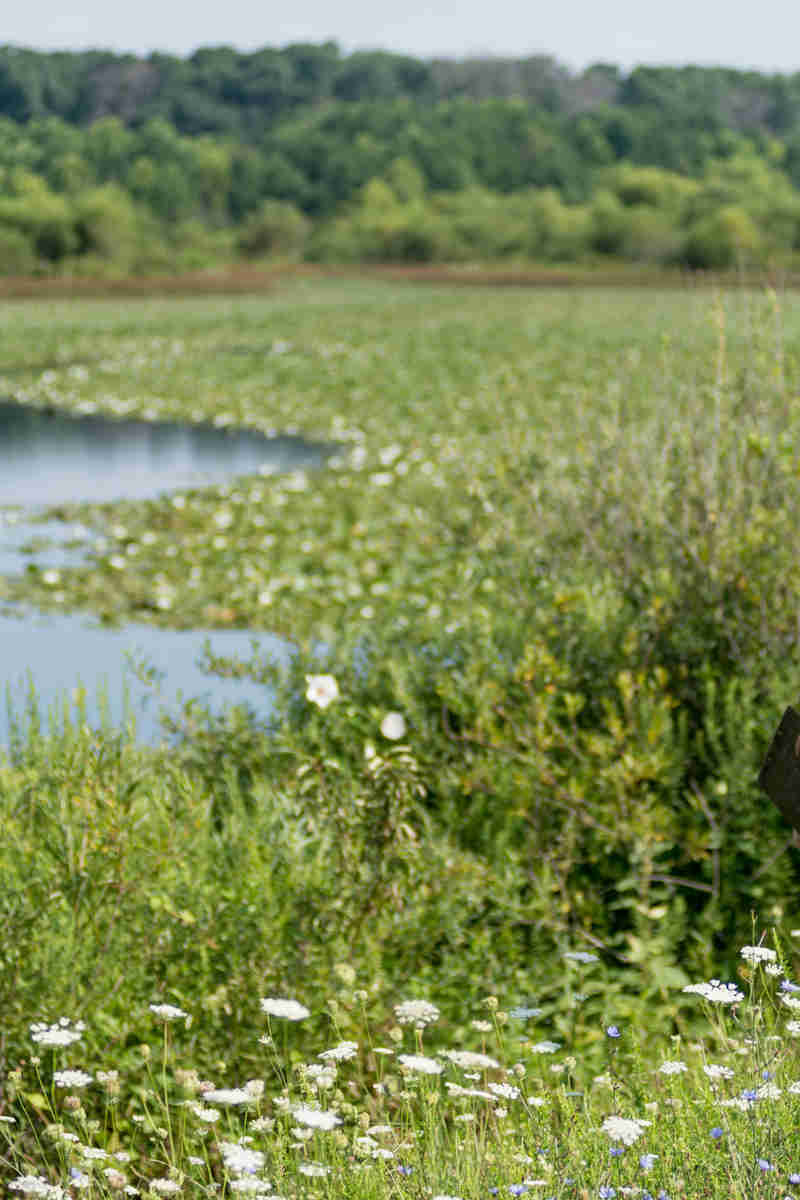Climate change is becoming a top-of-mind issue for industries across the globe. With an increased focus on climate sustainability, forest carbon offset projects are attracting a lot of interest.
The purchase of carbon credits is an up-and-coming solution to mitigating the greenhouse gas impacts of industry and development, but becoming familiar with the process can be intimidating to a beginner. Here are some frequently asked questions about carbon credits and emerging market opportunities for forest carbon.
What is a carbon credit?
Carbon is an umbrella term for greenhouse gases such as carbon dioxide, methane, nitrous oxide, perfluorocarbons, hydrofluorocarbons, and sulfur hexafluoride. When a person or business purchases a carbon credit, they offset one ton of greenhouse gas emissions from their operations, helping them further reach their emissions mitigation goals or other climate-focused goals.
Carbon credits can apply to two separate markets: the regulated market and the voluntary market. The regulated market is set by regulations at the state and regional levels that cap the total level of greenhouse gas emissions. In the voluntary market, entities can buy as many or as few credits as they want on their own accord to offset carbon emissions. The regulated market is mandated by the government and requires a certain amount of carbon offsets, depending on the location of the project, but the voluntary market is not.
What is the purpose of a carbon credit?
Carbon credits are direct investments supporting the transition to a low-carbon economy. They are generated through measurable, verifiable climate action projects that reduce or remove greenhouse gas emissions. Much like mitigation banking credits, carbon credits help offset the climate impacts caused by these activities while facilitating investment into climate-positive solutions such as reforestation, improved forest management, or forest preservation.
Do I have a carbon project?
Carbon credits can be created and sold through different emission-reducing processes, such as renewable energy projects, energy efficiency improvements, and carbon or methane capture and sequestration. One low-tech solution is to leverage the carbon sequestration benefits of trees.
Reforestation and urban tree planting projects may be eligible for credits in the voluntary carbon markets to help incentivize climate action. Urban forest carbon projects can create local, tangible climate solutions that come with a myriad of co-benefits including stormwater runoff reduction, energy savings, air quality improvements, heat island mitigation, and positive human health impacts.
Are carbon credits viable?
Carbon credits are a growing market. With climate change becoming an increasingly hot topic, more and more entities are looking for ways to reduce emissions. According to S&P Global, the voluntary carbon market topped $1 billion in the last year and is expected to continue growing quickly.




